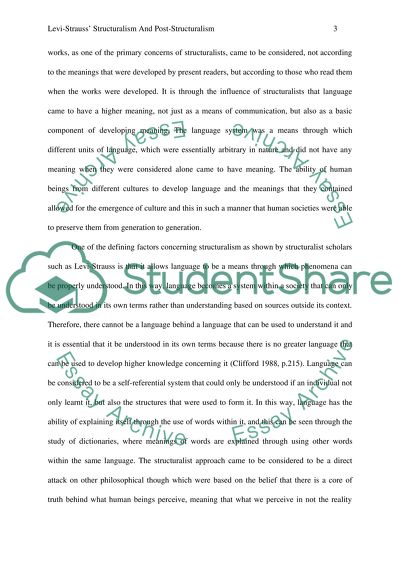Cite this document
(“How much of Levi-Strauss structuralism would you say was left in Essay”, n.d.)
Retrieved from https://studentshare.org/anthropology/1673372-how-much-of-levi-strauss-structuralism-would-you-say-was-left-in-post-structuralist-theory
Retrieved from https://studentshare.org/anthropology/1673372-how-much-of-levi-strauss-structuralism-would-you-say-was-left-in-post-structuralist-theory
(How Much of Levi-Strauss Structuralism Would You Say Was Left in Essay)
https://studentshare.org/anthropology/1673372-how-much-of-levi-strauss-structuralism-would-you-say-was-left-in-post-structuralist-theory.
https://studentshare.org/anthropology/1673372-how-much-of-levi-strauss-structuralism-would-you-say-was-left-in-post-structuralist-theory.
“How Much of Levi-Strauss Structuralism Would You Say Was Left in Essay”, n.d. https://studentshare.org/anthropology/1673372-how-much-of-levi-strauss-structuralism-would-you-say-was-left-in-post-structuralist-theory.


